Motorways and freeways
A motorway (freeway or expressway), is usually a high-speed road with more than one lane in each direction. Know the rules and drive safely on NSW motorways.
Joining a motorway
Before driving on a freeway, make sure your vehicle has enough fuel, oil and water and the correct tyre pressure.
Generally when you join a motorway, the lane you’re driving in ends and you need to cross a broken line to move into a lane on the motorway.
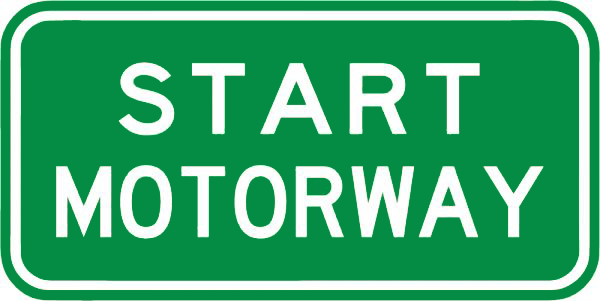
You must give way to vehicles already in that lane.
Slow down, check your mirrors and blind spots, and look for a suitable gap so you can change lanes safely.
Ramp metering signals
Some motorways have ramp metering signals to help you join the motorway. These are quick-change traffic lights that manage the flow of vehicles entering the motorway. A sign at the start of the ramp shows if the signals are on.
The green signal only stays green long enough for the first vehicle in each lane to join the motorway. When the signal is red, you must stop behind the ‘Stop’ line.
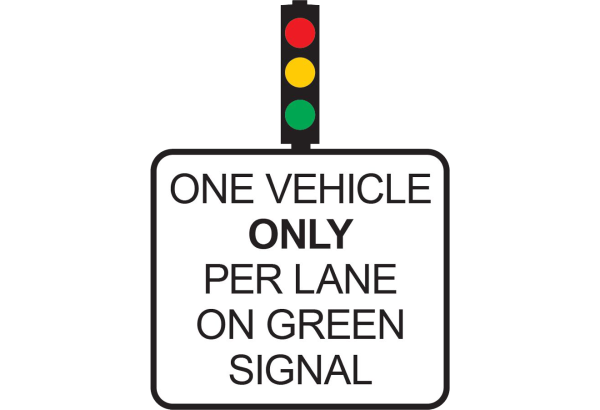

Driving on a motorway
When driving on a motorway with a speed limit of more than 80km/h, and two or more lanes, you must not drive in the right lane, unless:
- overtaking
- avoiding an obstruction
- the traffic in each lane is congested
- a sign says you can.
You must not make a U-turn or reverse your vehicle on a motorway.
Always keep a safe stopping distance between you and the vehicle in front.
Take extra care when vehicles are joining the motorway as this can change your crash avoidance space.
Some motorways have overhead signals that show the speed limit or direct you to change lanes. These signals improve traffic flow, ease congestion, manage incident response and improve road safety.
Bicycles can travel on motorways, unless a sign says they must not.
Speed limit signals
Some motorways have overhead electronic speed limit signs (called variable speed limit signs) that show the speed limit. You must not drive over the speed limit shown.
Lane-use signals
Some motorways have overhead lane-use signals. You must follow these signals.
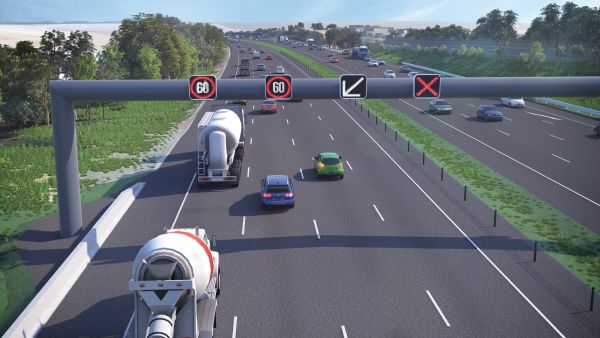
Lane-merge signals
A lane-merge signal shows a white arrow pointing to the bottom left or right of the signal. This warns you that you’re approaching a hazard. You must change lanes in the direction of the arrow.
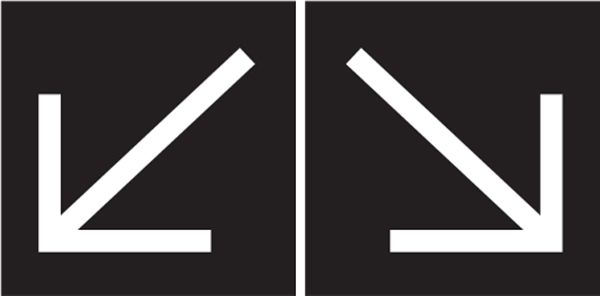
Closed-lane signals
A closed-lane signal shows a red cross. This signal is a warning that the lane is closed and you’re approaching a hazard. You must not drive in this lane.
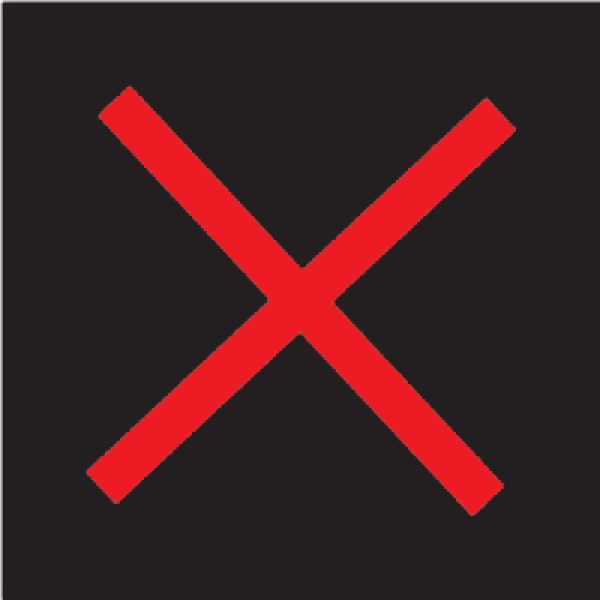
Lane-exit signals
A lane-exit signal shows a white arrow pointing to the upper left or right of the signal. This warns you that the road ahead is closed and the next exit is a detour. You must change lanes in the direction of the arrow.
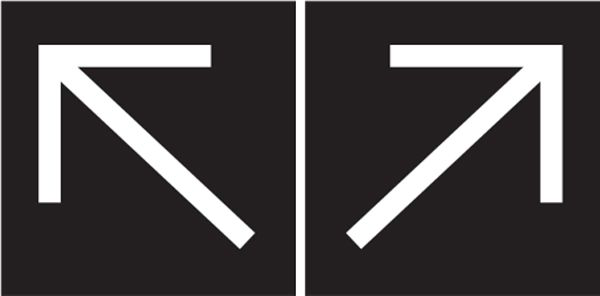
Driver information signs
Some roads have large electronic information signs (called variable message signs). These signs show information such as travel times and changes to traffic conditions – for example, ramp closures and road conditions.
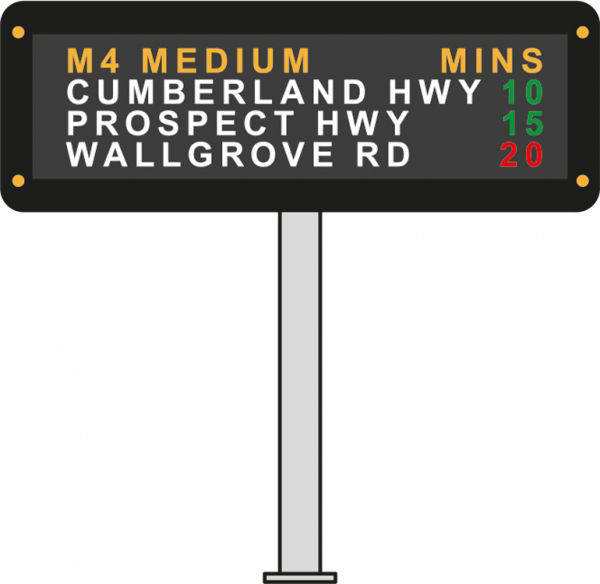
Stopping on a motorway
You must not stop or park on a motorway, unless in an emergency – for example, to avoid a crash or if you’ve broken down.
If you have to stop, move to the emergency stopping lane.
Leaving a motorway
Signs show you when you can exit a motorway and when it’s ending.
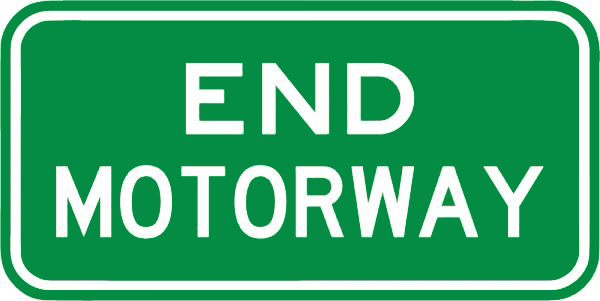
Exiting a motorway
When exiting a motorway, you should:
- move to the lane closest to the exit in plenty of time
- reduce your speed
- indicate before you exit.
If you miss your exit, continue driving and take the next exit.
Motorway signs show the alpha-numeric numbering for significant national and interstate routes:
- ‘M’ – motorways of national significance, for example, M2.
- ‘A’ – routes of national significance.
- ‘B’ – routes of state significance.
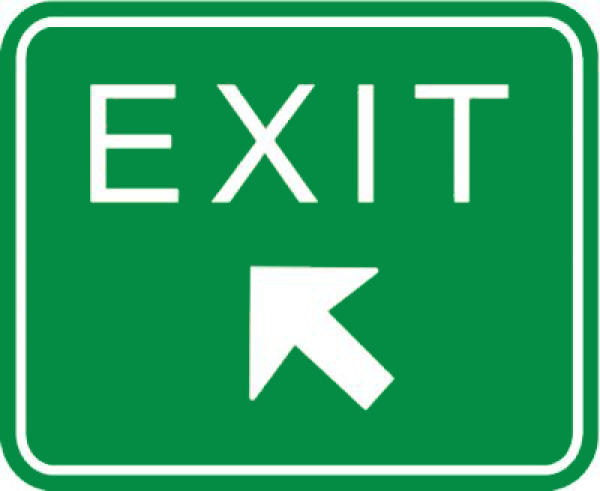
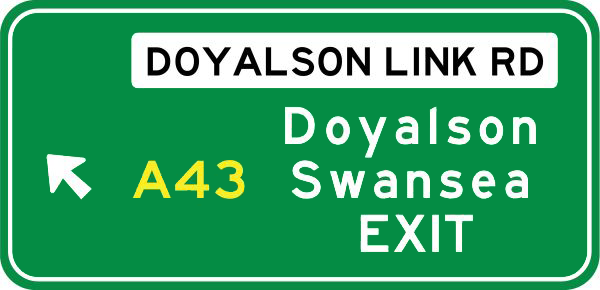
Toll roads
You must pay a toll to drive on some motorways. If you do not pay, you will be sent a toll notice.
Signs warn you when there’s a toll. You can pay the toll by electronic tag or electronic pass.
